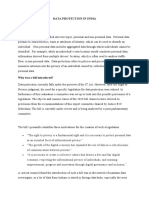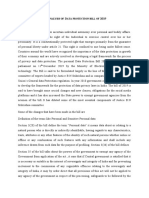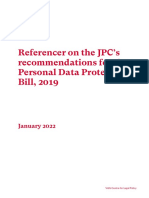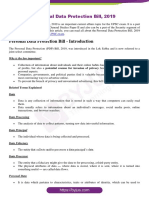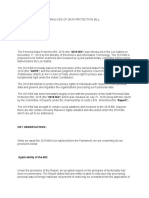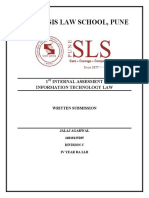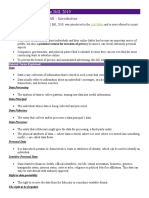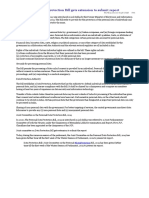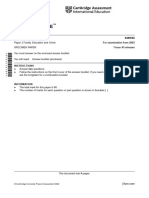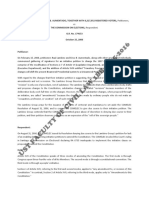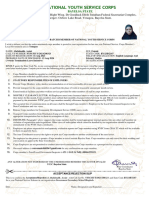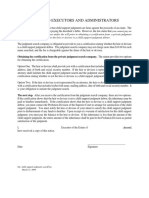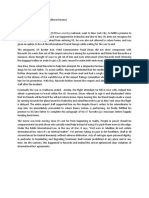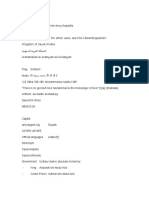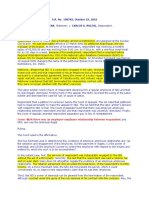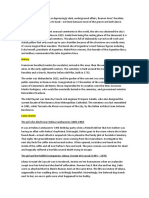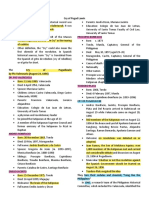0% found this document useful (0 votes)
20 views5 pagesPDP Flowchart Unit 2
The Personal Data Protection (PDP) Bill in India aims to regulate the digital ecosystem while addressing data sovereignty and privacy concerns. Key provisions include data localization, definitions of personal and non-personal data, and state exemptions for consent, which have sparked debates over citizen rights and surveillance. The revised Bill reflects conflicting interests between privacy, state power, and economic goals, highlighting the need for a balanced approach to data governance.
Uploaded by
Arushi TewariCopyright
© © All Rights Reserved
We take content rights seriously. If you suspect this is your content, claim it here.
Available Formats
Download as PDF, TXT or read online on Scribd
0% found this document useful (0 votes)
20 views5 pagesPDP Flowchart Unit 2
The Personal Data Protection (PDP) Bill in India aims to regulate the digital ecosystem while addressing data sovereignty and privacy concerns. Key provisions include data localization, definitions of personal and non-personal data, and state exemptions for consent, which have sparked debates over citizen rights and surveillance. The revised Bill reflects conflicting interests between privacy, state power, and economic goals, highlighting the need for a balanced approach to data governance.
Uploaded by
Arushi TewariCopyright
© © All Rights Reserved
We take content rights seriously. If you suspect this is your content, claim it here.
Available Formats
Download as PDF, TXT or read online on Scribd
/ 5


